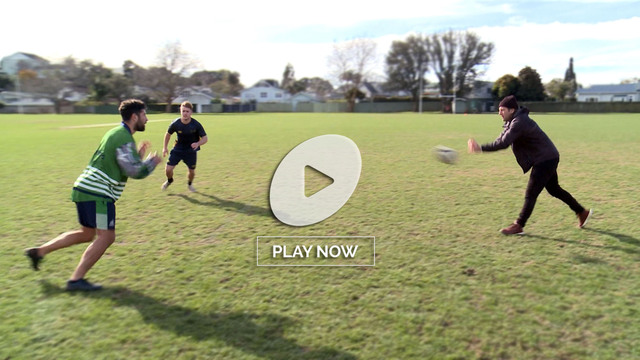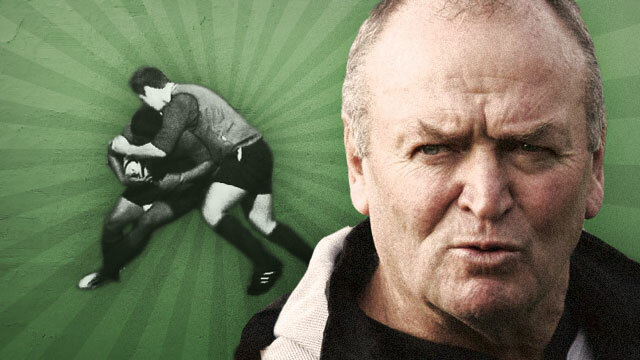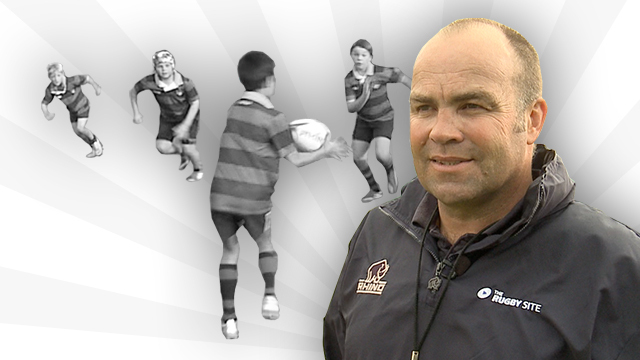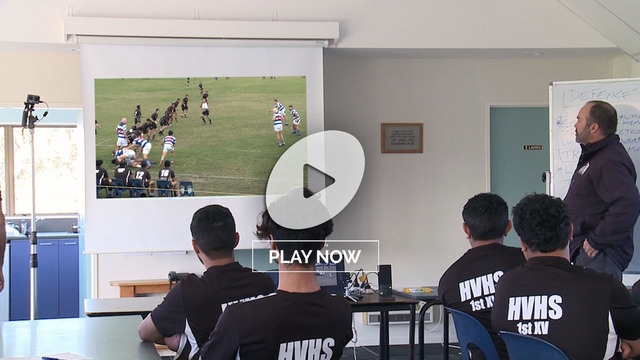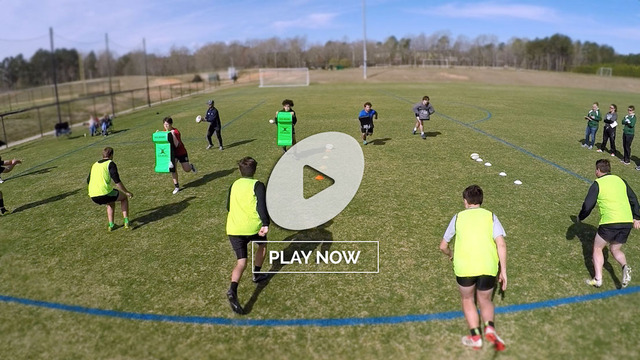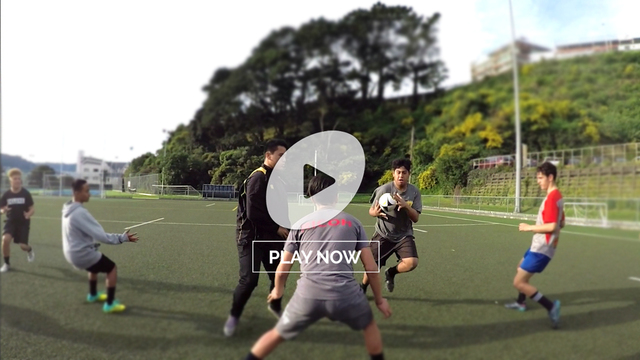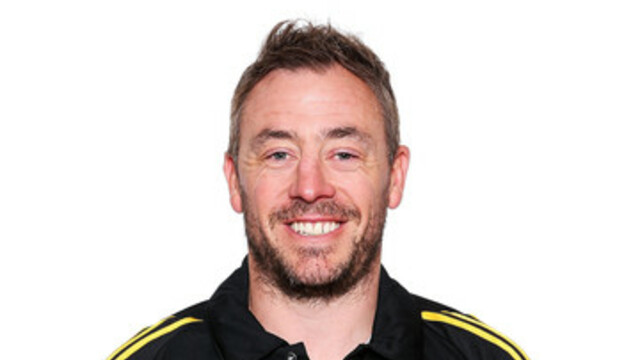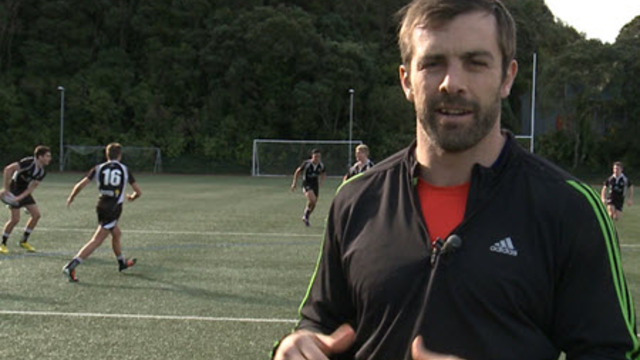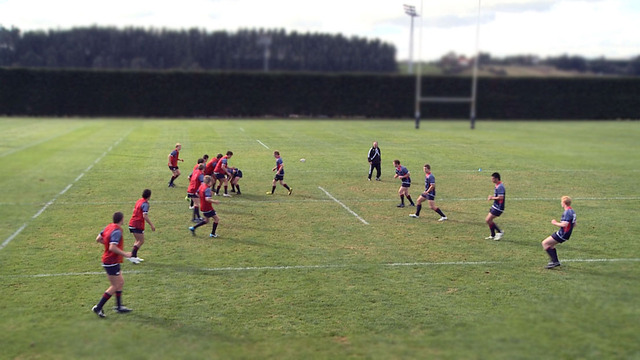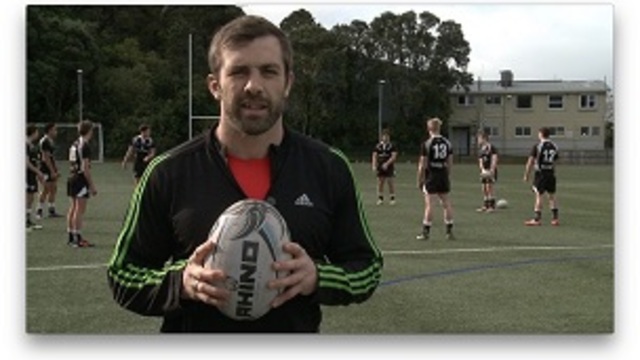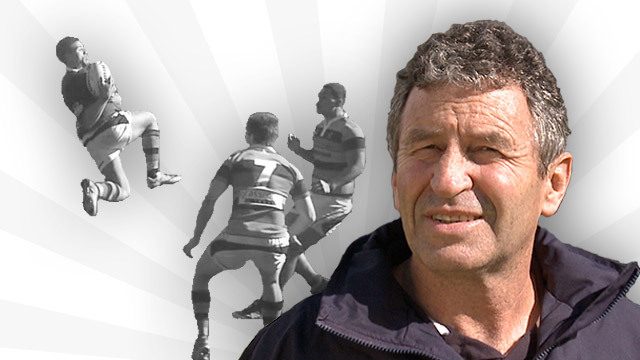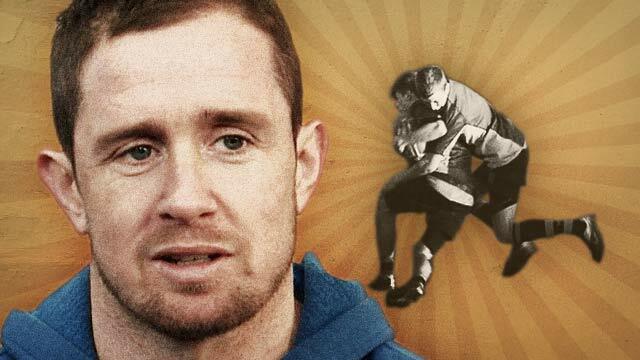Getting your defence right: when to ‘dig’ and when to ‘wrap’
Ireland beat New Zealand in Dublin on 17 November on the back of an inspired defensive performance in which they conceded only two penalty goals and one drop goal to an All Black side which typically averages over five tries per game.
At the core of that defensive performance was Ireland’s defence guru Andy Farrell, who has since been appointed as the successor to Joe Schmidt after the 2019 World Cup in Japan.
Over the past three seasons, ever since Farrell took up his post as Schmidt’s defensive organizer in 2016, the systems he has designed have been particularly effective against teams from New Zealand.
During the 2017 British & Irish Lions tour, the All Blacks and regional sides below them managed only 16 tries over the eight tour matches. Add in the three matches between Ireland and New Zealand since Farrell’s appointment, and that becomes 23 tries in 11 games, an average of just over two tries per game.
It is probably no accident that the teams with Farrell-coached defences only lost two of the six Tests they played against the All Blacks. Against other opponents in the same time-frame, New Zealand have scored tries for fun, averaging a runaway 5.7 tries per match on their way to a 90% plus win rate.
One of the aspects of defence which is key to success at the highest level is maintaining the balance between keeping numbers out in the line and judging the right moment to contest the ball after a tackle has been made – when to ‘wrap’ around into a new position, and when to ‘dig’ for a turnover.
One of Ireland’s two most outstanding defensive sequences occurred early in proceedings – from a lineout only ten metres from their goal-line in the fourth minute.
Our main point of interest is the decision-making of the Ireland number 8 C.J. Stander, as Ireland gained the upper hand in the ‘chess-game’ of numbers during the course of the 11-phase sequence of play:

Stander starts as the defender closest to the side of the ruck, which means he will be expected to wrap around the next breakdown to the far side as play moves across field. This is the role C.J. Stander fulfils on the first two phases:
In the first example, when New Zealand number 6 Liam Squire takes the ball into contact, there are two Irish tacklers already committed and no less than four All Black forwards in close support. Decision? Stander stays out and moves across for the next phase.
In the second instance, the process is repeated. The same two tacklers are engaged (#1 Cian Healy and number 4 Devin Toner) as Stander circles around to the open-side of the field.
This is already a small sign that Ireland’s defence is beginning to win the numbers battle. Healy and Toner have not yet been ‘eaten’ by the attack, they are still alive as defenders over two successive phases – and in the wider shot at the beginning of the play Ireland already have one extra forward supporting their back-line.
That advantage is increased by C.J. Stander’s activity on the next phase:
Both he and Rory Best look as if they are going to have a dig at the tackle ball, but then pull out into defensive positions instead. This leaves three New Zealand forwards committed to the situation, against only one Irishman.
The difference in numbers is very clear as the shot widens on the very next phase:

It rightly persuades C.J. to have his first proper dig at the tackle ball:
For a moment the ball is exposed as Kiwi #13 Jack Goodhue takes it into contact, but Ardie Savea just manages to save the situation with a late cleanout on Stander.
The damage has however already been done. When play starts to bounce back to the near side of the field, Ireland already have seven defenders in the frame, versus only four loosely-grouped Kiwi attackers:

On the phase following, Stander uses the same technique as in third sequence, faking a dig at the ball but then pulling out into the line as soon as the cleanout is committed (Ardie again) and his opponent is on the floor. Stander does not ‘die’, he stays alive while his opposite number expires – and that is crucial:
Events find a climax on the 12th phase, with the imbalance of attacking and defensive numbers finally reaching a tipping point:
As both Josh van der Flier and Stander dip down over the ball, Sam Whitelock and Savea are on this occasion late to the cleanout, resulting in an Irish turnover penalty. Stander has won his mini-battle over several phases with Ardie Savea.
It was a critical sequence which set the tone for the rest of the game.
Summary It is no longer enough for a defender to simply stick his head in close to the goal-line. At the highest level, he has to read numbers and momentum and make a judgement whether to stay alive and wrap around into a new defensive position, or sell himself and enter the tackle situation in expectation of a turnover.
As Ireland’s C.J.Stander demonstrates, it is a fine balance – and a battle of man-on-man. If you can persuade your opponent to sell himself first and end up off feet while you remain upright, you are winning. The ability to fake a ‘dig’ at the ball and then pull out into line is especially useful.
When you finally get your chance, dig in with all your might and commit totally to the steal. Ireland’s ability to stay alive in defence and to pick their moments to turn the play on its head was one of the main reasons why they kept the All Blacks tryless, and won the game in Dublin.
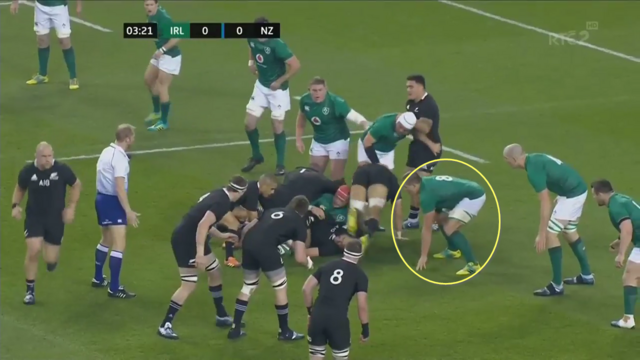
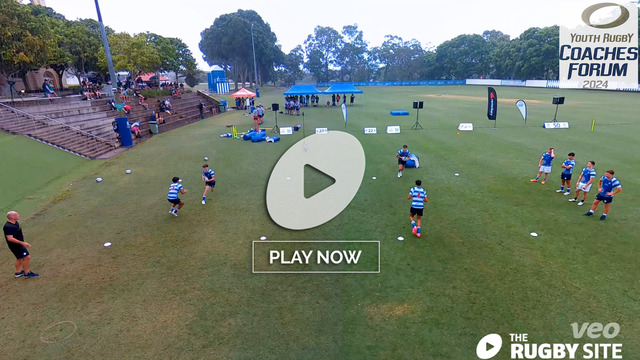
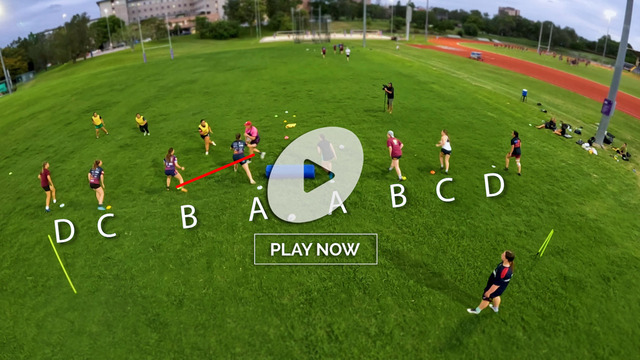
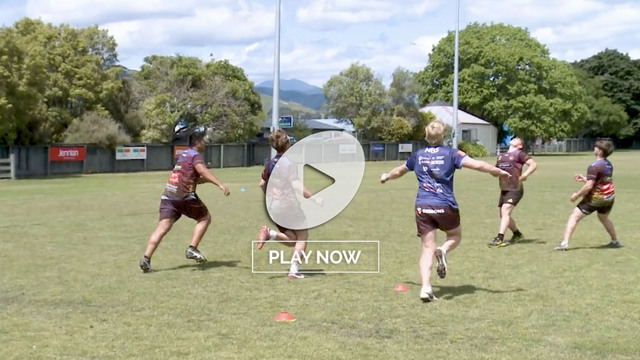

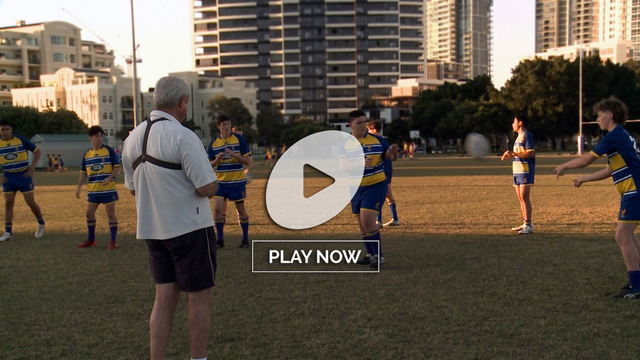

.jpg)
